Greenland is experiencing extreme melting, with experts predicting another record year as far as ice loss is concerned.
The country lost more than 2 gigatons – or 2 billion tons – of ice in a single day last week. To put that into some kind of perspective, it is the weight equivalent to 340 Giza pyramids, 80,000 Statues of Liberty or 12 million blue whales.
The Arctic’s melt season is a natural event that takes place every year, starting in June and ending in August, with peak rates occurring in July. However, the scale of ice loss taking place right now is extraordinary. Experts have already made comparisons to 2012, which saw record-breaking ice loss when almost all of Greenland’s ice sheet was exposed to melt for the first time in documented history.
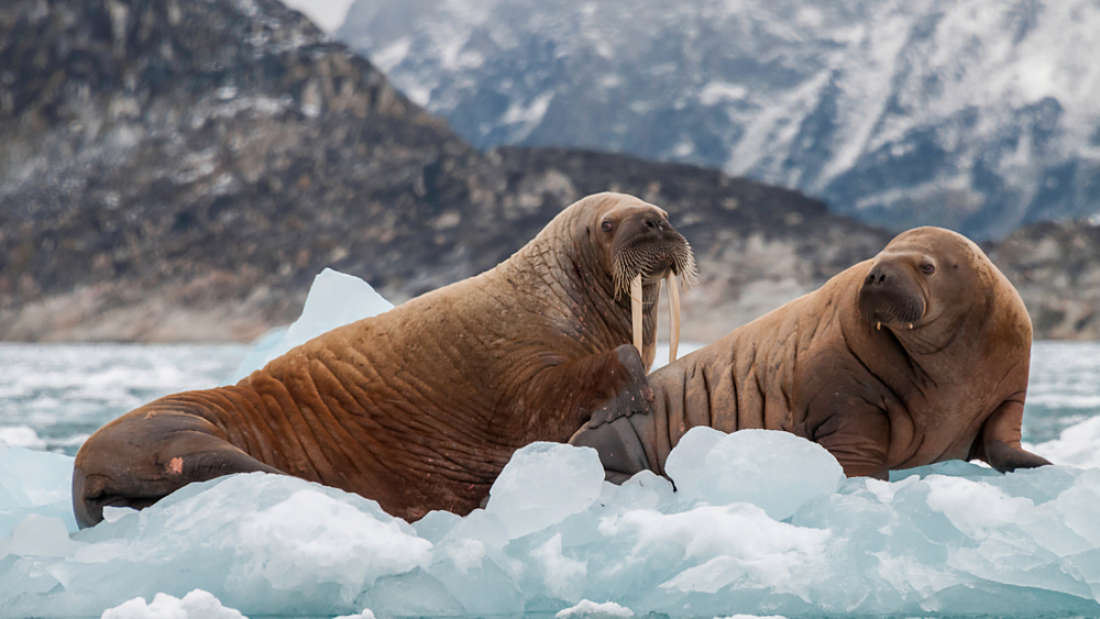
This year, ice melt began even earlier than 2012 and three weeks earlier than average, CNN reports. What’s more, this “premature” ice loss could exacerbate further loss in upcoming months because of something called the albedo effect.
The albedo effect refers to the amount of the Sun’s energy that is reflected back into space. White snow and ice reflect more of the Sun’s energy into space, essentially cooling the land and preventing further ice melt. In contrast, reduced snow and ice cover means more of that energy will be absorbed, temperatures rise, and even more ice will melt – it’s a vicious cycle.
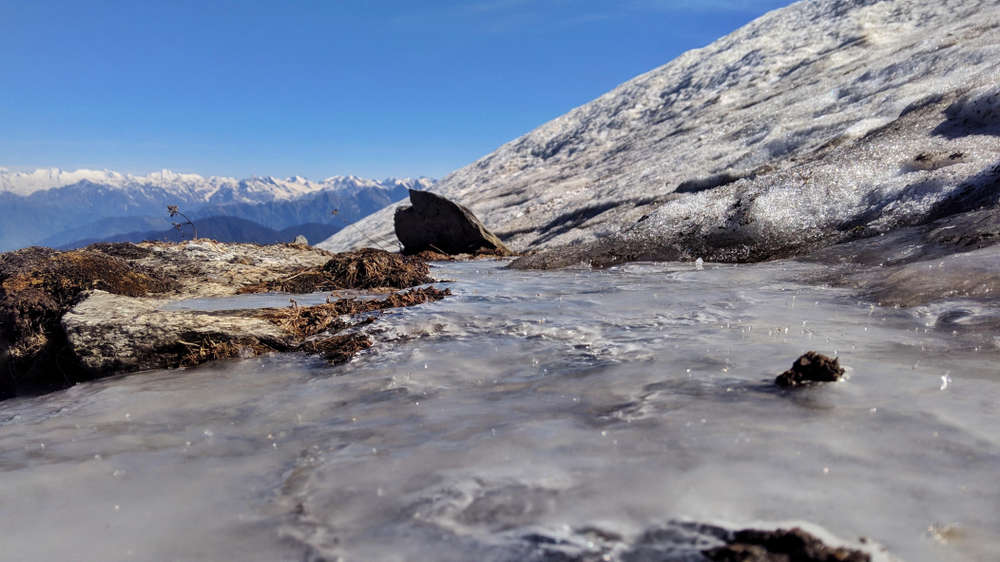 ü
ü
Another contributor is likely consistent humid, high-temperature air from the Central Atlantic making its way to areas in Greenland.
“We’ve had a blocking ridge that has been anchored over East Greenland throughout much of the spring, which led to some melting activity in April – and that pattern has persisted,” Thomas Mote, a research scientist at the University of Georgia, told CNN.
Recently, scientists predicted Everest could be devoid of ice as soon as 2100 – and the blame can be pinned on climate change. Indeed, there are hundreds of millions of people who rely on the yearly runoff in the Himalayas for drinking water, electric power (hydropower), and farming purposes.
[H/T: CNN]

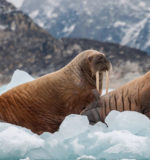


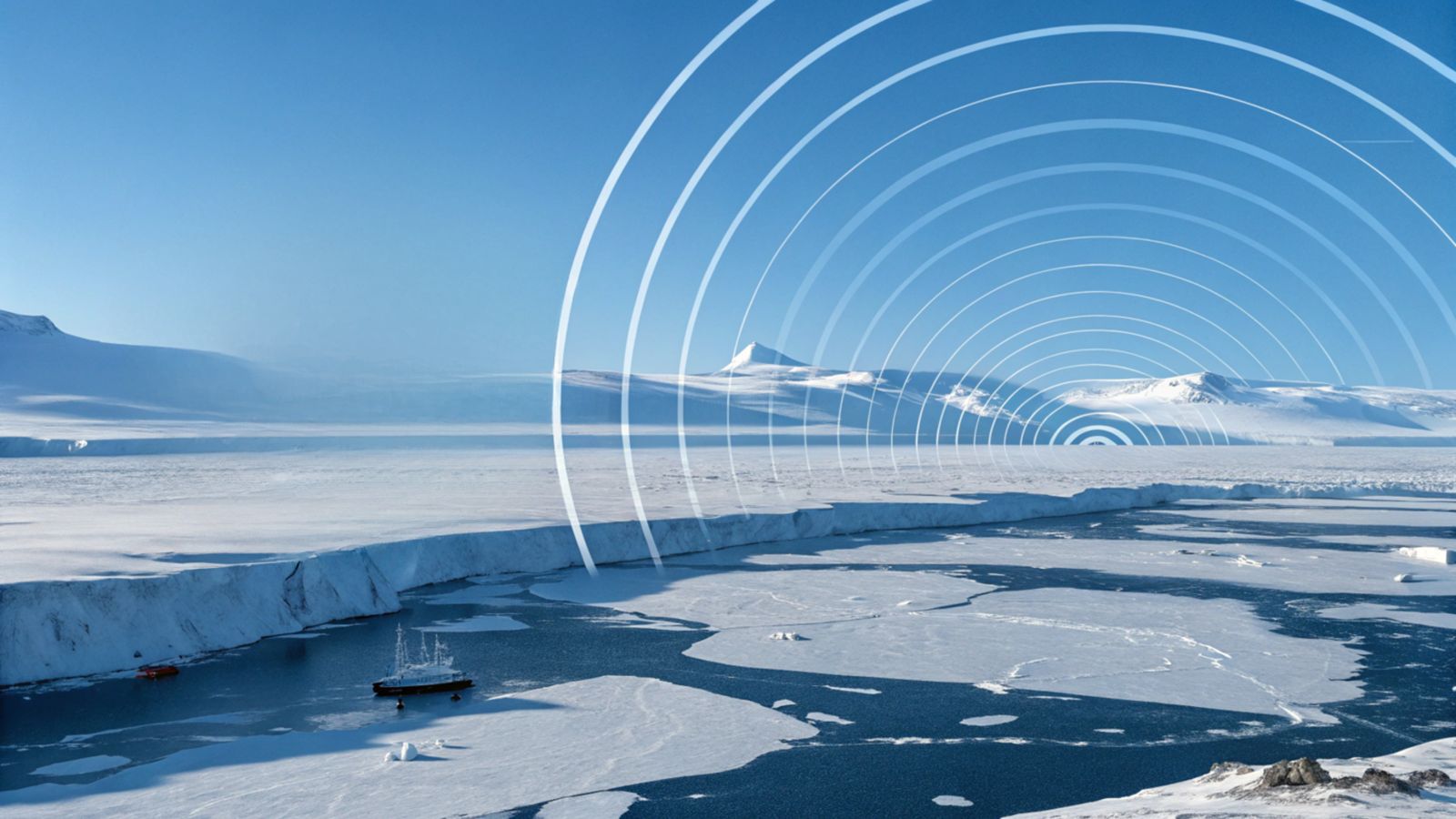
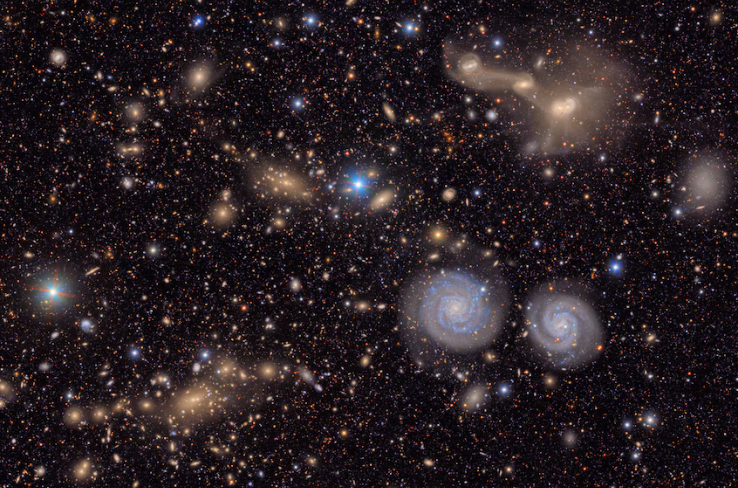
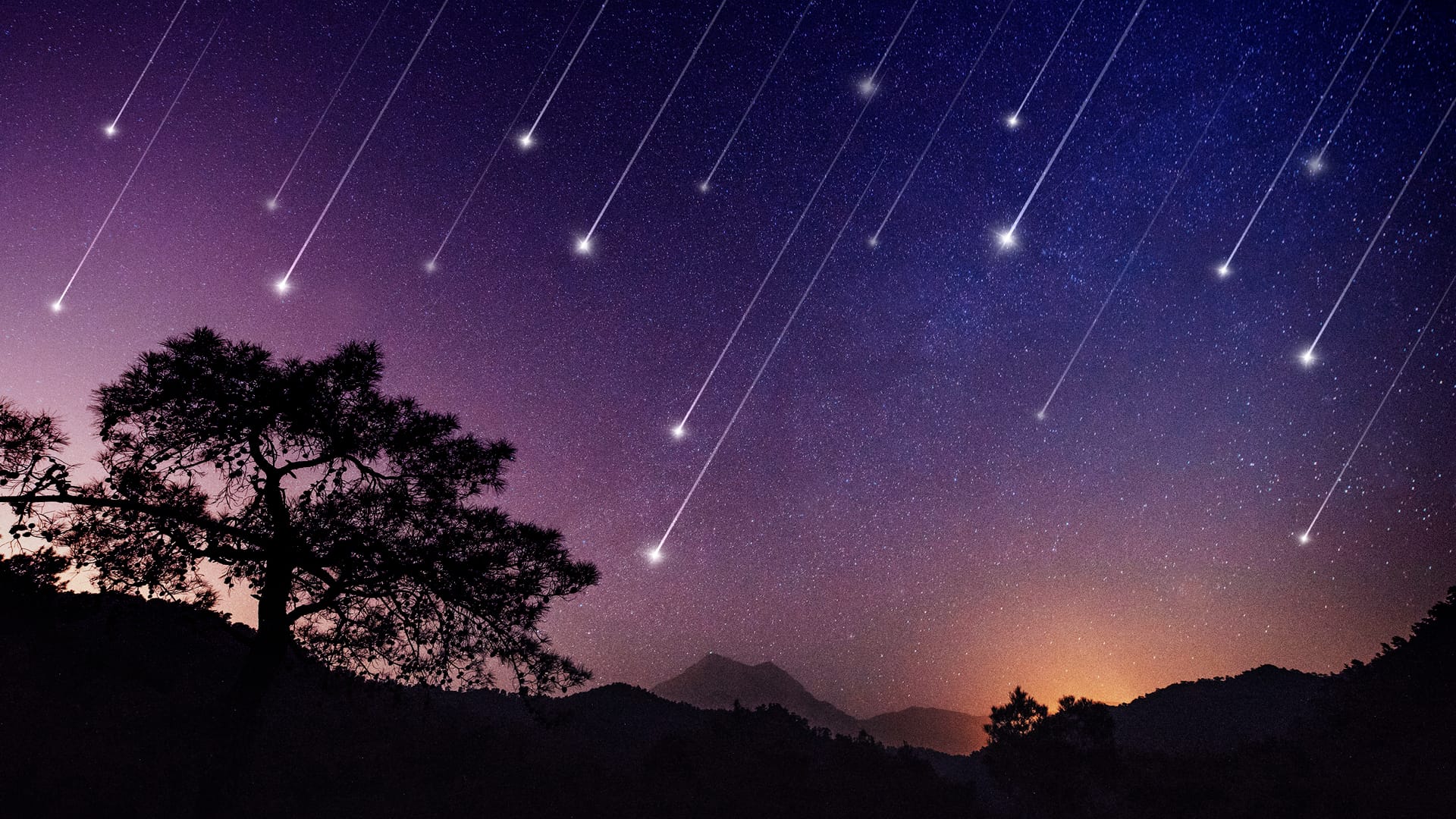
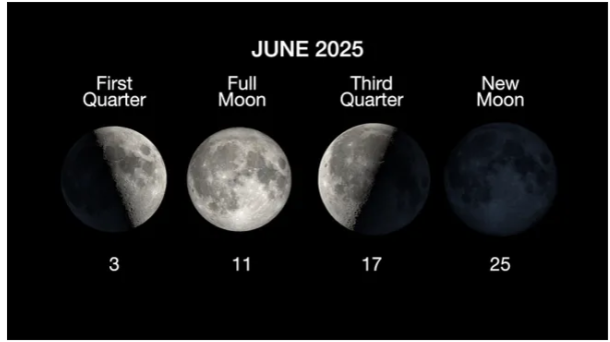
 Photographer Finds Locations Of 1960s Postcards To See How They Look Today, And The Difference Is Unbelievable
Photographer Finds Locations Of 1960s Postcards To See How They Look Today, And The Difference Is Unbelievable  Hij zet 3 IKEA kastjes tegen elkaar aan en maakt dit voor zijn vrouw…Wat een gaaf resultaat!!
Hij zet 3 IKEA kastjes tegen elkaar aan en maakt dit voor zijn vrouw…Wat een gaaf resultaat!!  Scientists Discover 512-Year-Old Shark, Which Would Be The Oldest Living Vertebrate On The Planet
Scientists Discover 512-Year-Old Shark, Which Would Be The Oldest Living Vertebrate On The Planet  Hus til salg er kun 22 kvadratmeter – men vent til du ser det indvendigt
Hus til salg er kun 22 kvadratmeter – men vent til du ser det indvendigt  Superknepet – så blir snuskiga ugnsformen som ny igen!
Superknepet – så blir snuskiga ugnsformen som ny igen!  Meteorite That Recently Fell in Somalia Turns Out to Contain Two Minerals Never Before Seen on Earth
Meteorite That Recently Fell in Somalia Turns Out to Contain Two Minerals Never Before Seen on Earth  Nearly Frozen Waves Captured On Camera By Nantucket Photographer
Nearly Frozen Waves Captured On Camera By Nantucket Photographer  It’s Official: Astronomers Have Discovered another Earth
It’s Official: Astronomers Have Discovered another Earth 